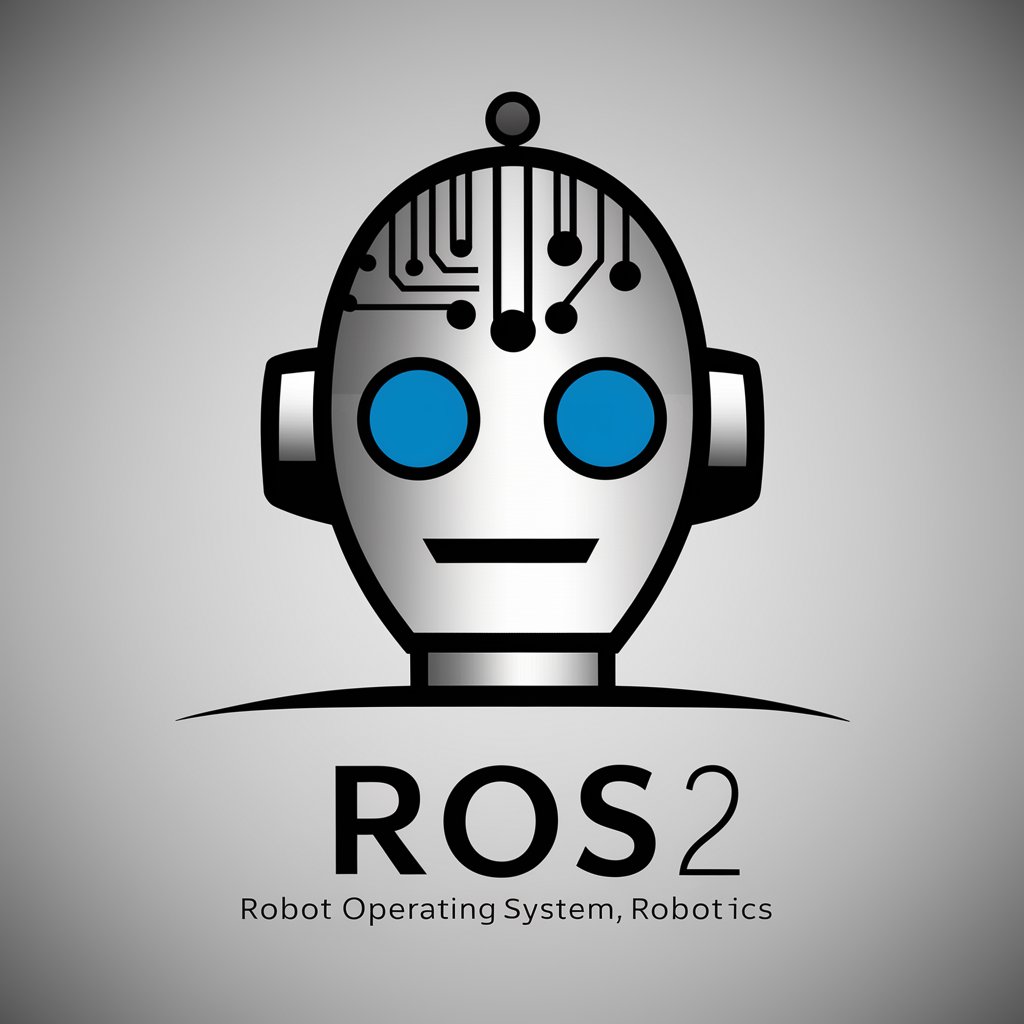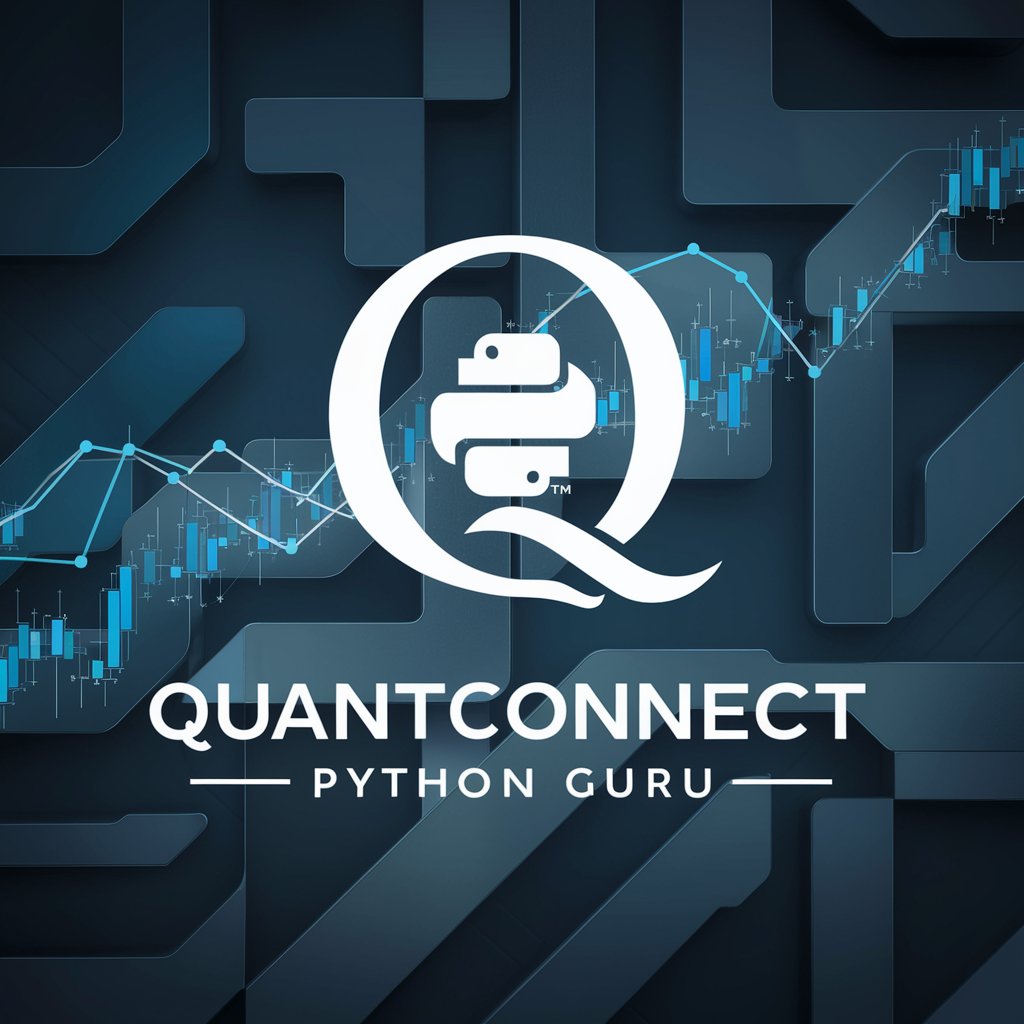
Deep Reinforcement Learning-DRL model development
AI-powered DRL: train adaptive agents faster
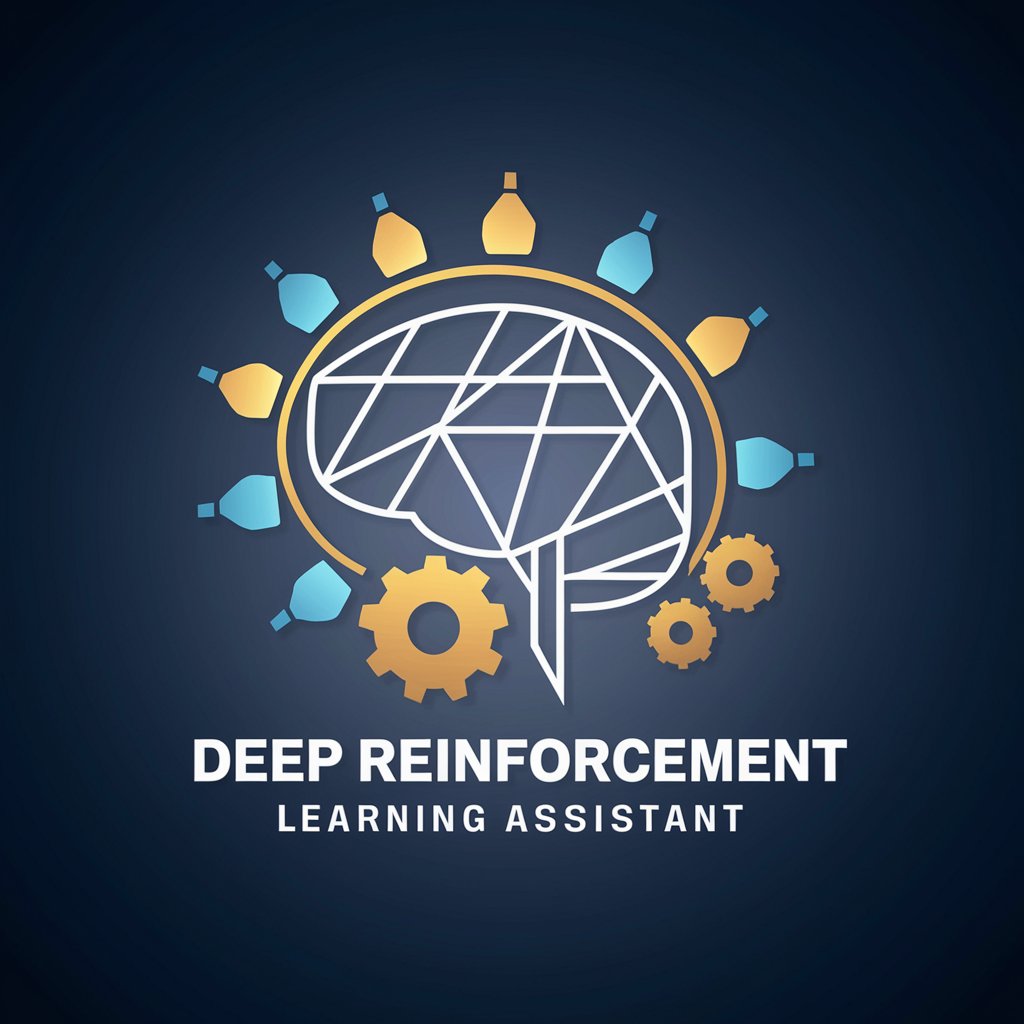
Expert in Deep Reinforcement Learning, providing clear explanations and problem-solving assistance.
Explain the concept of Q-learning in DRL.
How does policy gradient differ from value-based methods?
Can you provide a solution for this DRL assignment?
What are the latest advancements in DRL?
Get Embed Code
Introduction to Deep Reinforcement Learning
Deep Reinforcement Learning (Deep RL) is the union of two fields: Reinforcement Learning (RL), which studies how agents learn to make sequential decisions to maximize cumulative reward, and Deep Learning, which uses deep neural networks as flexible function approximators. In Deep RL, an agent interacts with an environment in discrete time steps. At each step t the agent observes a state s_t (or observation o_t), selects an action a_t according to a policy π(a|s), receives a scalar reward r_t, and transitions to a new state s_{t+1}. The agent’s objective is to learn a policy that maximizes expected return (typically the sum of discounted future rewards). Design purpose and basic functions: • Learn from interaction: Deep RL algorithms are designed to learn behaviors from trial-and-error interaction with an environment, rather than from labeled input-output pairs. This makes Deep RL appropriate for problems where supervision is sparse or hard to provide directly. • Scale to high-dimensional inputs: Deep neural networks provide compact, generalizable representations from raw high-dimensional inputs (images, LIDAR, text), enabling RL in domains that classical tabular RL cannot handle. • Optimize long-horizon objectives: Deep RL explicitly optimizes cumulative (possiblyDeep Reinforcement Learning Intro discounted) return, enabling policies that trade off immediate vs. long-term consequences. • Generalize across states: Function approximation (neural networks) lets the learned policy generalize to unseen states rather than just memorizing state-action pairs. Common algorithmic families and mechanisms: model-free value-based (DQN and variants), policy-gradient and actor-critic methods (A2C/A3C, PPO, SAC), model-based RL (learn dynamics models and plan), hierarchical RL (options, skills), imitation and offline RL (learning from demonstrations or fixed datasets). Practical Deep RL also relies on engineering techniques for stability and efficiency: replay buffers, target networks, entropy or KL regularization, advantage estimation (GAE), normalization, and careful reward shaping. Illustrative scenarios: 1) Atari / game playing: A Deep RL agent (e.g., convolutional network + Q-learning or actor-critic) maps raw screen pixels to actions and learns winning strategies from rewards (score changes). This demonstrates learning complex policies from high-dimensional visual input. 2) Robotics manipulation: A robot learns a grasping or insertion skill by mapping camera images and proprioception to joint commands. Deep RL learns robust closed-loop control policies that tolerate contact and noise. Sample efficiency and safety constraints are major design concerns here. 3) Recommendation / personalization: Treating user interaction as an episodic or continuing Markov Decision Process, Deep RL optimizes long-term engagement (e.g., click + retention) by choosing content sequences rather than one-off recommendations. 4) Autonomous driving / motion planning: Deep RL agents learn driving maneuvers or lane-changing strategies in simulators, optimizing safety, comfort, and progress while reacting to other agents. Limitations & practical design choices: Deep RL often requires many environment interactions (sample inefficiency), can be unstable without careful tuning, and may overfit to simulation realities (sim-to-real gap). Choices between model-free vs model-based methods trade off simplicity vs sample efficiency. Offline RL and imitation learning are used when online interaction is expensive or unsafe.
Main functions of Deep Reinforcement Learning and applied scenarios
Policy learning (direct action selection)
Example
Train an actor network π_θ(a|s) with proximal policy optimization (PPO) to select continuous control torques for a robotic arm.
Scenario
A manufacturing robot must pick, orient, and place irregular parts. A policy learned via PPO maps camera images and tactile sensors to joint commands, enabling fast, closed-loop control during assembly even when parts arrive in varied poses.
Value estimation and planning (value functions & Q-learning)
Example
Use a Deep Q-Network (DQN) to estimate Q(s,a) from pixels to play Atari Breakout, selecting the action with maximal estimated value.
Scenario
In a logistics warehouse simulation, value estimation helps evaluate the long-term benefit of routing decisions — e.g., choosing which delivery to service next to minimize average delay across many orders.
Model learning / model-based control (dynamics models & planning)
Example
Learn a dynamics model f_φ(s_{t+1}|s_t,a_t) with a neural network, then plan with MPC (model predictive control) or use the model for imagination-augmented policy updates.
Scenario
Autonomous drone navigation in novel environments: a learned dynamics model allows the agent to predict consequences of control sequences for short horizons and plan collision-free trajectories with fewer real-world flights.
Exploration & intrinsic motivation
Example
Use curiosity-driven reward (prediction error of a forward model) to encourage the agent to visit novel states when extrinsic rewards are sparse.
Scenario
In a sparse-reward maze where the exit gives reward only on success, curiosity bonuses help an agent discover paths and subgoals that pure extrinsic-reward learning would rarely explore.
Representation learning (extract useful features from high-dimensional input)
Example
Train convolutional encoders jointly with RL to produce compact state embeddings used by the policy and value networks.
Scenario
Self-driving stacks use image encoders learned via RL to extract lane, vehicle, and pedestrian features from cameras, improving downstream decision quality compared to hand-crafted features.
Hierarchical decision making and skill learning
Example
Use options or hierarchical RL (e.g., a high-level policy that selects skills and low-level controllers that implement them) to learn reusable behaviors.
Scenario
A household robot learns low-level skills: 'grasp', 'navigate to object', 'open door'. A higher-level planner sequences these skills to accomplish tasks like 'fetch a cup' with less training data and better generalization.
Offline / batch RL and imitation learning
Example
Use Conservative Q-Learning (CQL) or Behavior Cloning + RL fine-tuning to learn from logged interaction data without additional environment queries.
Scenario
An online service wants to update a recommendation policy using historical clickstream logs (no exploration allowed). Offline RL allows learning improved policies while avoiding unsafe or costly online experimentation.
Transfer learning and continual learning
Example
Pretrain policies in simulation or on related tasks, then adapt via finetuning or meta-RL (MAML) to new tasks with few samples.
Scenario
A company trains vehicle controllers across many simulated traffic scenarios, then transfers the learned embeddings and policies to a new city environment, reducing adaptation time and real-world testing.
Constraint satisfaction and safe RL
Example
Incorporate safety constraints into learning via constrained policy optimization (CPO) or Lagrangian methods to keep worst-case costs below thresholds.
Scenario
An industrial manipulator learns energy-efficient operation while guaranteeing collision probabilities remain below a regulatory limit by optimizing reward with an explicit safety constraint.
Who benefits from Deep Reinforcement Learning
Research scientists and graduate students (academia & industrial R&D)
Researchers exploring sequential decision making, novel algorithms (model-based methods, exploration strategies, hierarchical RL), or fundamental theory. They benefit because Deep RL provides a flexible experimental framework to test hypotheses on learning dynamics, sample efficiency, representation, and generalization. Typical activities: designing new algorithms, benchmarking on simulators (Atari, MuJoCo, Brax), publishing results, and transferring insights to applied domains.
Applied ML engineers and data scientists
Teams building products that require optimization over time: recommender systems with long-term engagement objectives, automated bidding, personalized interventions. They benefit from Deep RL when sequential interactions and delayed effects matter, and when simulations or logged data exist to bootstrap learning. They focus on system integration, stability, offline/online evaluation, and safety constraints.
Robotics and autonomous systems engineers
Engineers working on manipulation, locomotion, aerial vehicles, and autonomous driving. They need policies that handle continuous control, partial observability, and noisy sensors. Deep RL helps learn robust controllers and policies that generalize across varied dynamics; combined with sim-to-real transfer techniques, it speeds development of adaptive control strategies.
Game developers and simulation teams
Studios building NPC behaviors, procedurally generated content, or automated play-testing. Deep RL enables complex, adaptive behaviors that can react to player strategies, generate emergent gameplay, and stress-test game balance without hand-authoring extensive rule sets.
Quantitative finance and operations research teams
Quants and operations teams that optimize sequential decisions under uncertainty: portfolio allocation, market-making, inventory control, dynamic pricing. Deep RL can capture long-horizon objectives and complex state dynamics, though careful risk management, interpretability, and offline validation are crucial in these regulated, high-stakes domains.
Healthcare and clinical decision-making researchers
Teams designing treatment policies, dosing strategies, or scheduling interventions where outcomes are delayed and patient states evolve over time. Deep RL offers tools to optimize long-term patient outcomes from heterogeneous observational data, but requires strong emphasis on safety, explainability, and regulatory compliance. Offline RL and human-in-the-loop validation are commonly used.
Startups and product managers exploring automation
Product teams seeking automation for personalization, logistics, or control systems. They benefit from prototyping in simulation, leveraging pretrained models or imitation learning, and using RL for feature-rich decision policies that may outperform heuristics—while balancing cost, data needs, and deployment complexity.
Students and engineers learning control and decision-making
Learners who want practical experience with sequential decision problems, control theory, or modern ML. Deep RL provides hands-on projects (simulators, robotics kits, game environments) that illustrate concepts like exploration-exploitation, credit assignment, and policy optimization.
How to use Deep Reinforcement Learning
Visit aichatonline.org for a free trial without login, also no need for ChatGPT Plus.
Open the site to try the tool immediately — no account or ChatGPT Plus required. This gives you an instant playground to run examples, inspect environments, and test agents before committing to local or cloud setup.
Prepare prerequisites
Install Python 3.8+ and common DRL libraries (PyTorch or TensorFlow, Stable-Baselines3 / RLlib if needed). Ensure you have an environment API (OpenAI Gym / PettingZoo / custom env) and optionally Docker for reproducible environments. Hardware: a recent multicore CPU is fine for experiments; GPU (NVIDIA CUDA) recommended for large-scale training or neural-network policies.
Design and configure experiments
Select environment, define observation/action spaces, choose reward shaping and episode length. Pick an algorithm (policy gradient, DQN, SAC, PPO, A3C etc.) that matches the problem: discrete actions → DQN/PPO; continuous → SAC/PPO. Set hyperparameters (Deep Reinforcement Learning guidelearning rate, batch size, gamma, entropy coeff) and logging (TensorBoard, Weights & Biases). Create baselines and unit tests for deterministic components.
Train, monitor, and iterate
Run training with careful logging: track episodic reward, loss curves, action distributions, and sample efficiency. Use checkpoints and early-stopping rules. If learning is unstable, reduce learning rate, normalize observations/rewards, use smaller networks, increase experience replay, or apply entropy regularization. Use curriculum learning or domain randomization when transfer/generalization is required.
Evaluate, deploy, and maintain
Evaluate on held-out scenarios, measure sample efficiency and robustness (seed sweeps). For deployment, export policy weights (ONNX, TorchScript), wrap with a lightweight runtime, and sandbox performance (latency, memory). Maintain by monitoring drift, retraining on new data, keeping reproducible experiment artifacts (random seeds, environment versions), and auditing for safety/ethics.
Try other advanced and practical GPTs
UI/UX Design Portfolio Builder
Design your UI/UX portfolio with AI
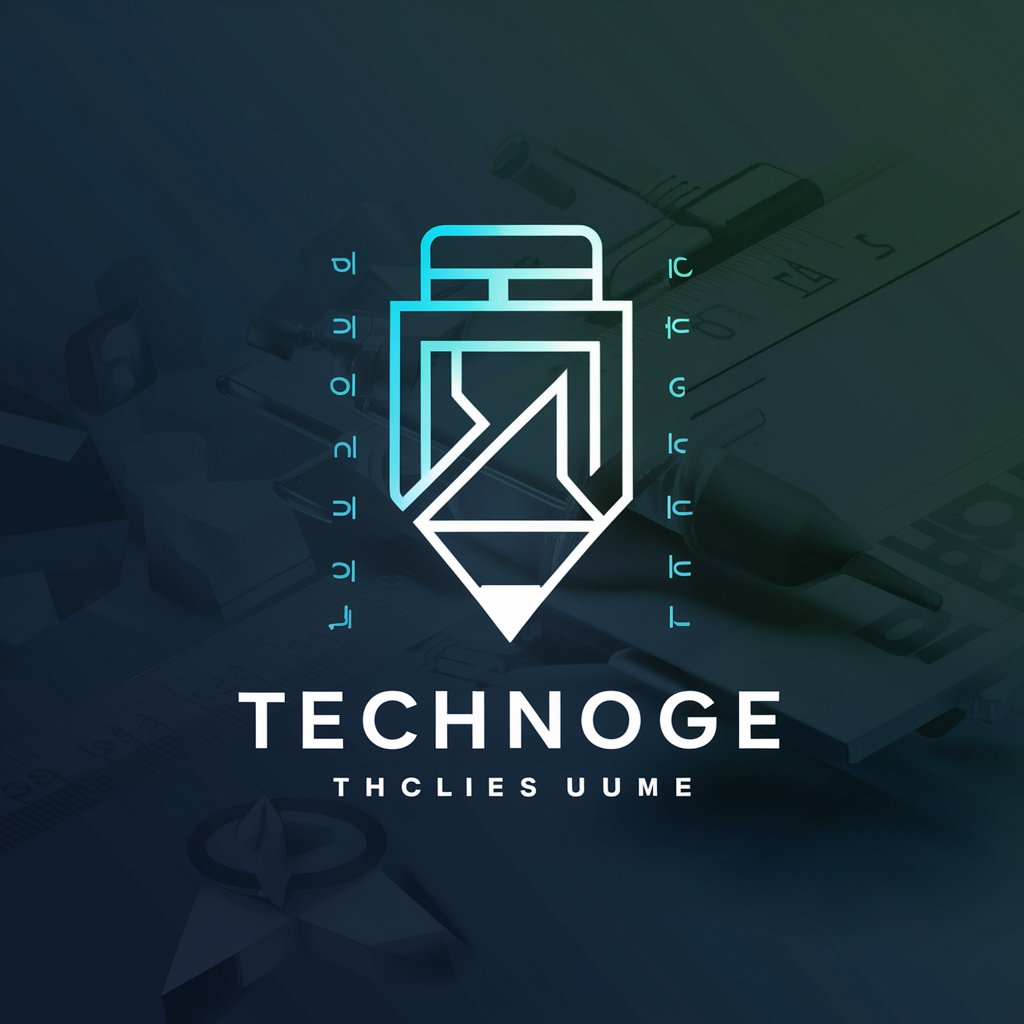
Analisis De Datos De Excel
AI-powered Excel analysis for faster insights
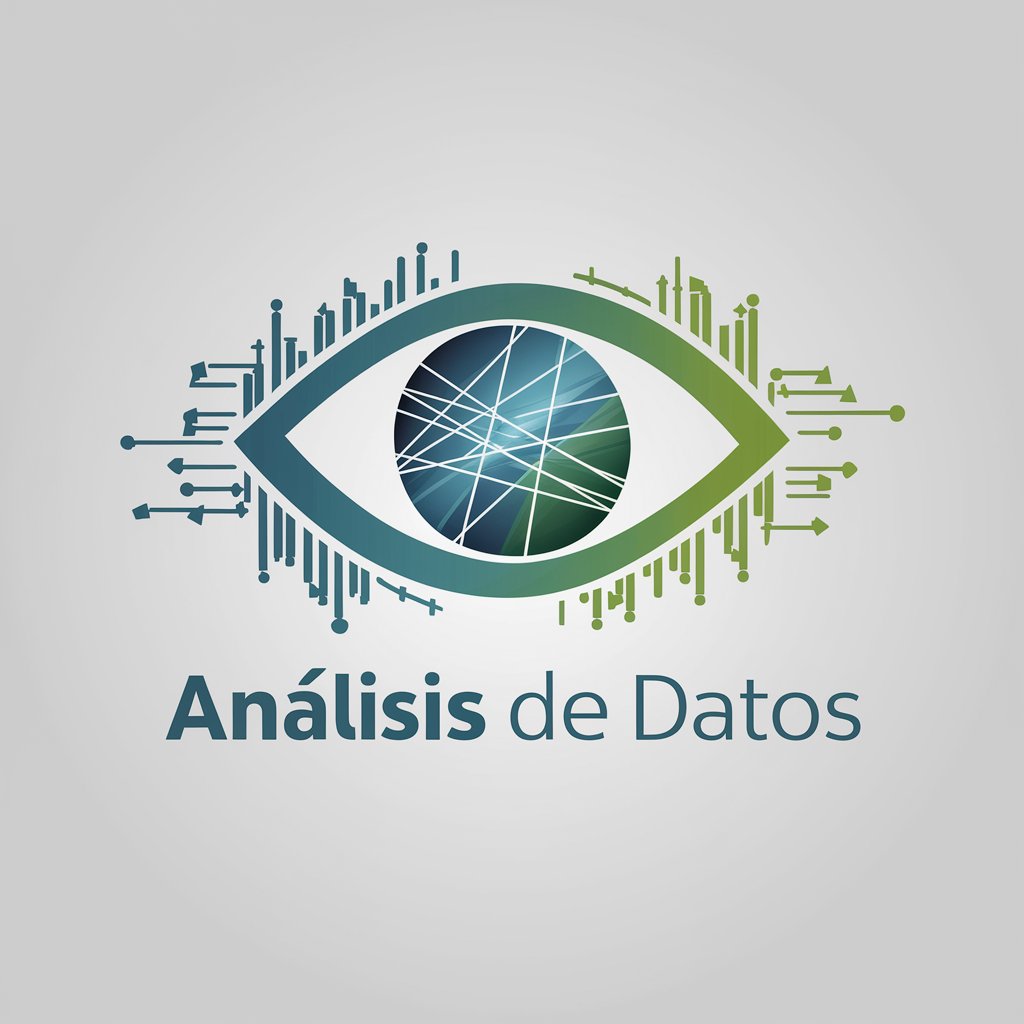
Kali Linux Pro Guide
AI-powered guide for Kali Linux workflows
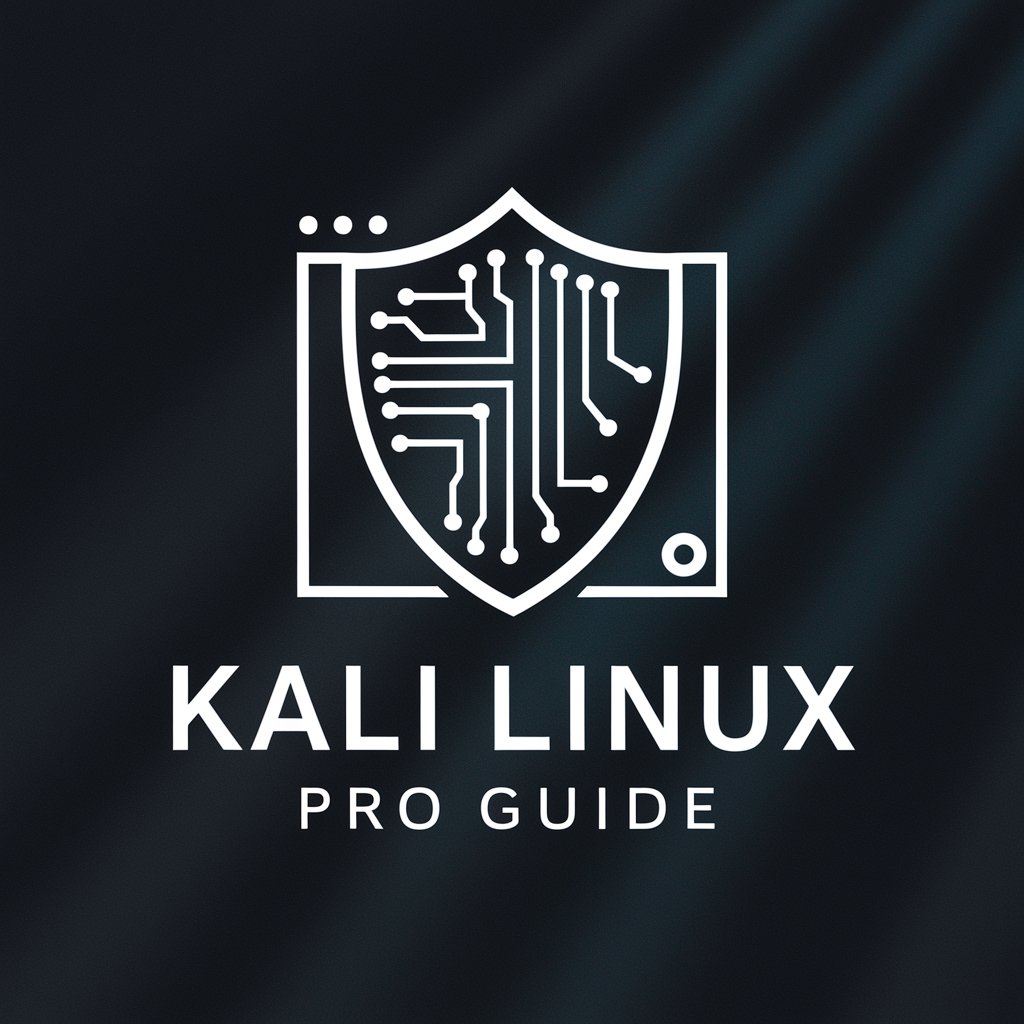
Joshua - UFO Disclosure Ai
AI-powered drafting and research for disclosure

Naruto RPG isekai Adventure
AI-Powered Ninja Adventure in Isekai Worlds

英语地道口语转译/优化助手
AI-powered English fluency enhancer.
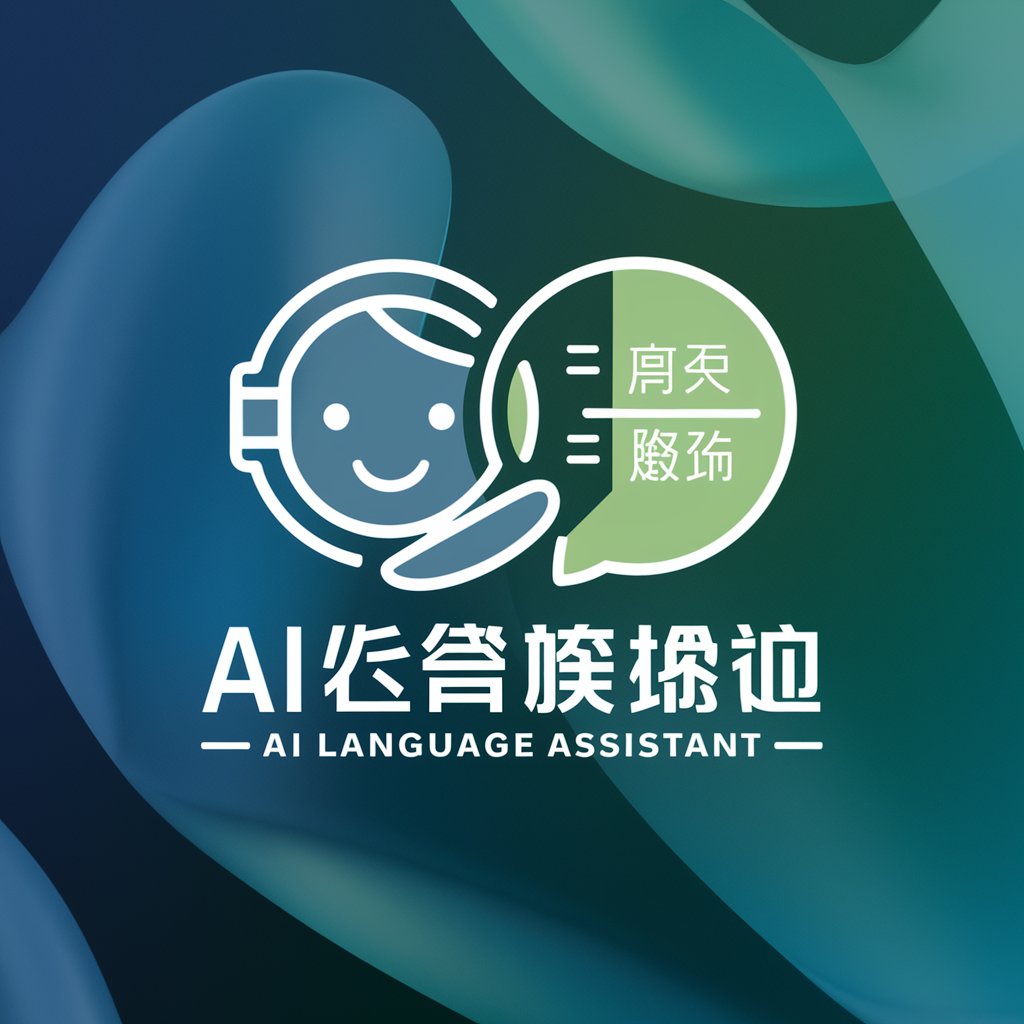
Neo4j Cypher Wizard
AI-powered Cypher query generator for Neo4j
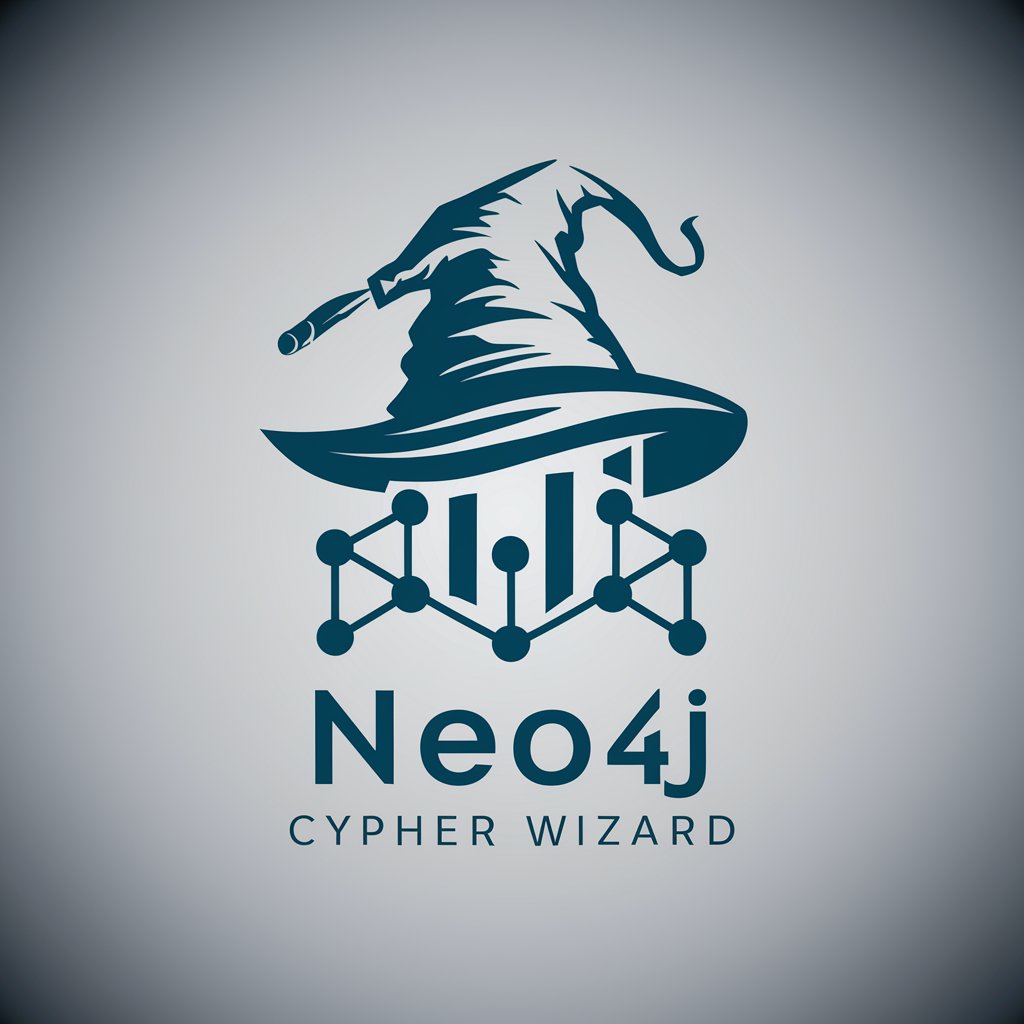
Scene Prompt Creator
AI-powered creator of realistic scene prompts
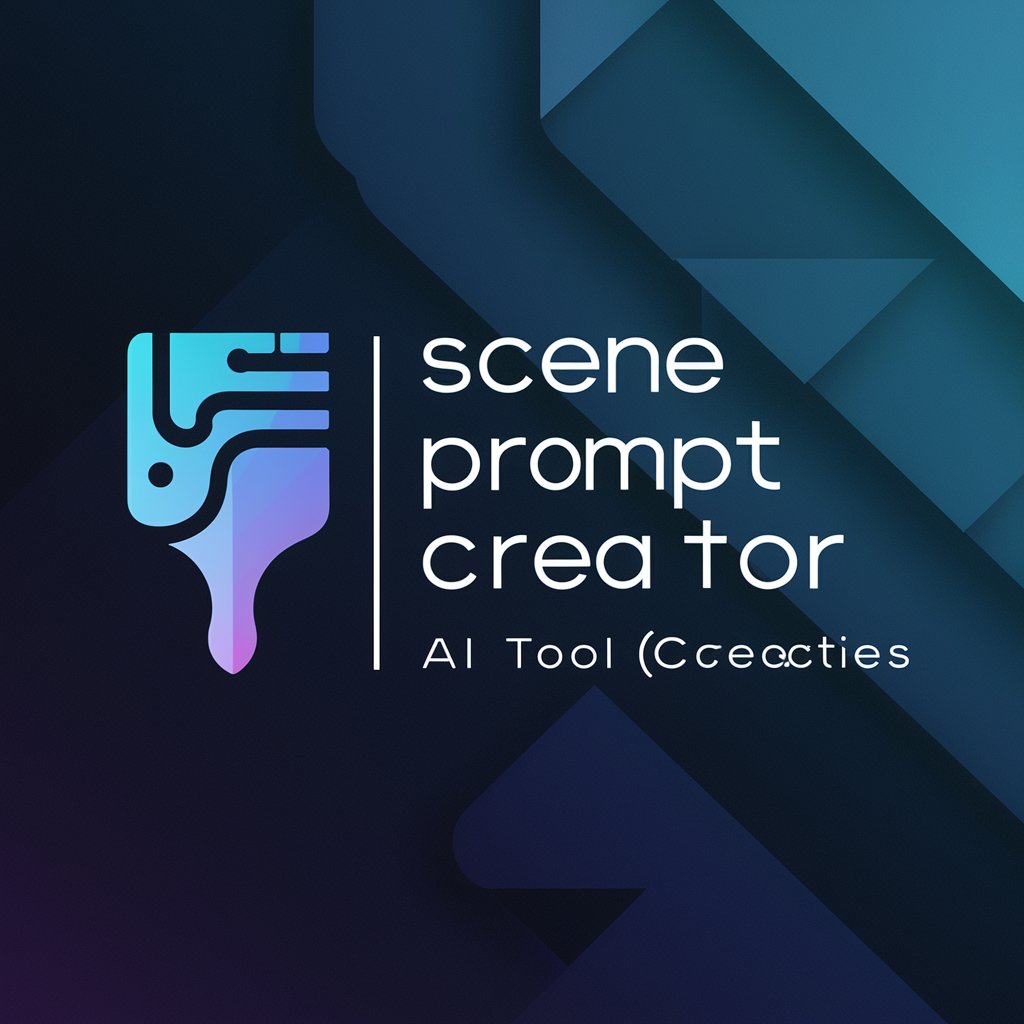
Toastmaster International - Public Speaking Coach
AI-driven Coaching for Confident Public Speaking

Quiz Master
AI-powered quiz creation made easy
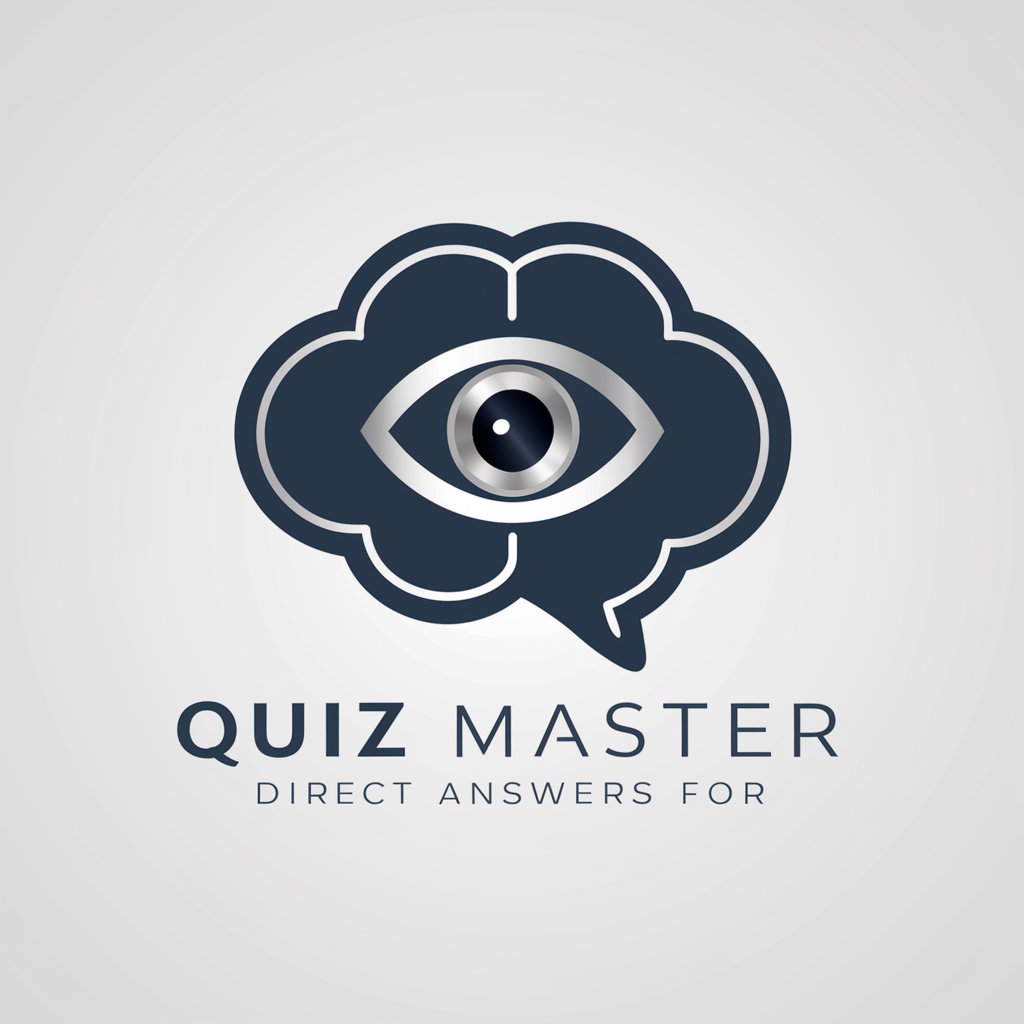
经济学专家
AI-powered Economics Expertise at Your Fingertips

Auto GPT Agent Builder
AI-powered builder for custom GPT agents

- Optimization
- Research
- Gaming
- Control
- Robotics
Common questions about Deep Reinforcement Learning
What is Deep Reinforcement Learning and when should I use it?
Deep Reinforcement Learning (DRL) combines reinforcement learning—agents learning by trial and reward—with deep neural networks to handle large or continuous state spaces. Use DRL when: (1) you have sequential decision-making tasks with delayed rewards, (2) environments simulatable or cheap to sample, and (3) simpler supervised or optimization methods fail to capture dynamic, interactive behaviors (e.g., robotics control, game AI, resource allocation). DRL excels where representation learning and policy generalization are required.
What are practical compute and data requirements?
Small to medium problems: multi-core CPU plus 8–16GB RAM can suffice for prototyping. Large-scale or image-based DRL: GPU (NVIDIA with CUDA) significantly speeds training; multi-GPU or distributed setups (Ray RLlib, Torch distributed) needed for complex tasks. Data requirements depend on task complexity—some tasks need millions of steps. Use simulators, parallel environments, experience replay, and pretraining to improve sample efficiency. Track reproducibility with fixed seeds and environment versions.
Which algorithms should I choose for different tasks?
Discrete action spaces: DQN variants (Rainbow) and PPO are common; PPO is stable for many problems. Continuous control: SAC and TD3 offer sample-efficient, stable learning for high-dimensional continuous actions. On-policy algorithms (PPO, A2C) are simpler and more robust but less sample-efficient. Off-policy (SAC, DDPG, TD3, DQN) are sample-efficient but require careful tuning and replay buffers. For multi-agent settings, consider MADDPG or QMIX; for hierarchical tasks, look at options like HRL or feudal architectures.
How do I debug and stabilize training?
Start with a minimal environment and a small network to confirm learning signal exists. Common fixes: normalize inputs/returns, clip gradients, lower learning rate, increase entropy regularization, enlarge replay buffer, use target networks and soft updates, and clip rewards. Visualize policy behavior, action distributions, and value estimates. Run multiple seeds and short sanity checks (random policy baseline, oracle baseline). Logging and checkpointing let you revert experiments and identify regressions quickly.
What are typical applications and limitations?
Applications: robotics control and sim-to-real transfer, autonomous vehicles (research/sim), game AI, finance trading strategies (research-only; regulatory care), resource allocation/cloud autoscaling, recommendation systems with sequential user interactions, and automated experimentation. Limitations: sample inefficiency, sensitivity to reward design, reproducibility issues, safety and deployment risks (unstable behavior), and ethical concerns in high-stakes domains. Use conservative evaluation, human-in-the-loop oversight, and domain randomization or robustification for real-world deployment.

